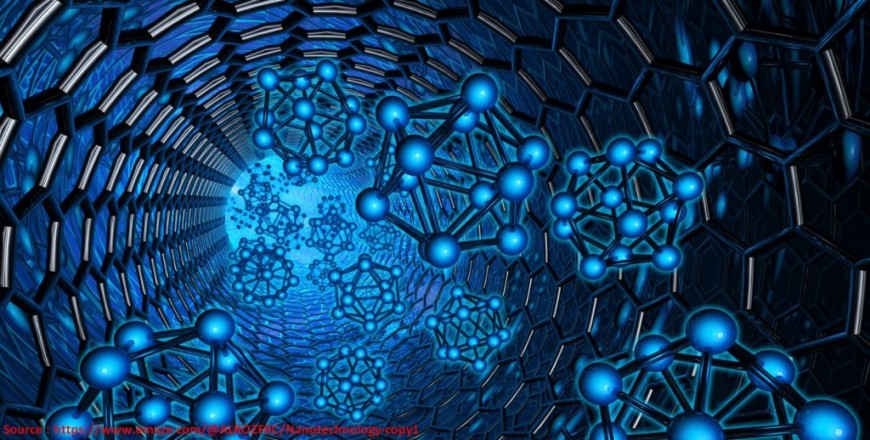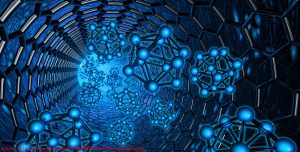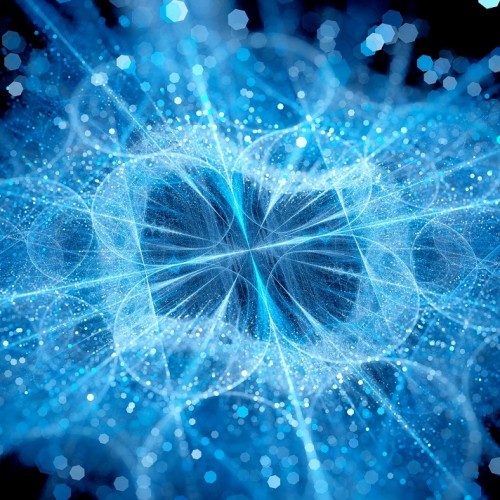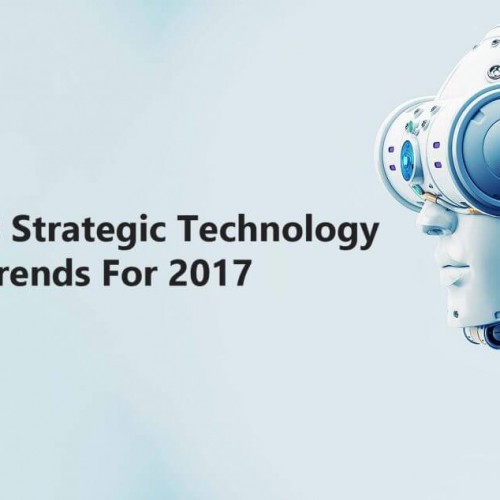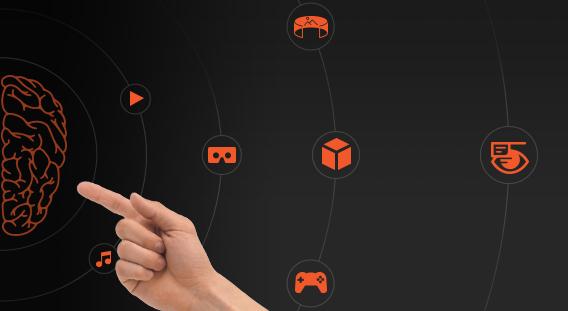Since the beginning of evolution, humans have been striving to obscure means to a society without disease and we are still attempting to achieve the goal. With time and patience lasting centuries, human race has succeeded in eradicating some diseases by creating vaccines and yet there are several fatal diseases yet plaguing the world like Cancer and AIDS. For millennia, humans have sought the answer to perfect health in medicines, drugs and even mystical arts but to no avail. Futurists predict that the staggering advancements in technology during the last century may provide the desired solution as human understanding of NanoTechnology evolves. Despite state of the art instruments, current technology has proven to be capable of detecting fatal diseases in early stages, though unable to cure them. Since theorized by Richard Feyman in 1959 and termed “NanoTechnology” by Professor Norio Taniguchi in 1971, many scientists and physicists have envisioned a broad spectrum of applications and the benefits that can be reaped from successful implementation of this technology. Five decades later, humans are still scrutinizing the full potential of NanoTech and how it can be best used to ameliorate human lives. Scientists believe NanoTech will not only cure deadly diseases but may also prove to increase human lifespan by several years.
The potential of NanoTechnology stretches across all sector of society, from electronic to medicine, energy production to storage and biosensors for diagnostics to health predictions are some of the emerging NanoTechnologies currently being researched. As a relatively new field, the use of research in this field are yet in its early stages with few identified practical implementations, especially from a multidisciplinary perspectives as organic Nano-wires open the possibilities for future electronic and optoelectronic components, nickel-titanium shape memory alloys (SMAs) have been mostly explored and applied in biomedicines because of their excellent flexibility and deformation behavior similar to that of living tissue, as well as NanoStructured polysaccharides, are now being used as drug and gene delivery systems and as scaffold for skin, cartilage and bone replacement therapies. In recent years, NanoStructured chemicals and devices have been developed throughout the world given its potential to improve the quality of life.
NanoDevices constituted from individual atoms called NanoMachines are being studied for a possibility to enter living cells and eradicate diseases by expunging infected cells. The theoretical explanation affirms that it may be possible to create diverse molecules from raw materials by reorganizing atoms to obtain useful products, as it happens in the nature. Understanding these processes will help engineers to design special software and hardware necessary for intelligent robots or to create new materials and sensors for biologists and pharmacologists capable to physiologically interact with the cell-structures at the NanoScale, enhancing the immunity of humans by targeting only the affected cells and gain access to their internal membranes. Due to the predictive potential of Nanotechnologies, its applications are being researched to be used in processes such as neurobiology, cardiology and cosmetic dermatology.
Here are some benefits of NanoTech that hold tremendous potential.
- A new EU project focused on developing targeted NanoSystems for improving photodynamic therapy and diagnosis of cancer will be ground breaking advancement in human evolution. Researchers are attempting to create NanoParticles based drug delivery system that seeks out cancer cells and attaches itself to the tumors before delivering the drugs. Genetics, Nanotechnology and advanced computer systems are changing the way to produce medicines. Specifically designed drugs and chemicals focus on wellbeing and illness control more precisely and efficiently and will soon become a reality. Hybrid biological and micromechanical machines could repair damaged tissue and play an important role in healing wounds that are currently considered life taking. Biotechnology and NanoTechnology are the key technologies of the twenty-first century, having enormous potential for innovation and growth. Human health is largely affected by polluted environment and NanoTechnology can positively impact environmental problems and aid in the development of new green technologies.
- The academic and industrial goals for these technologies are the development of Nanoscale Biomolecular substances and analytical instruments for investigating cell biology at cellular and molecular levels. Development in NanoTechnology brings the promise of healthier society and eventually may also lead to enhancing human capabilities to not only survive but thrive in harsh environments. The next decade holds great promise for progress in NanoTechnologies to improve human lives and create a healthy society free of diseases.
- NanoElectronics will be used for enhancing capabilities of electronics devices while reducing weight and power consumption. It is predicted that it can also be used to improve display interface of electronics devices. It can also help to increase the density of memory chips and researchers are developing a type of memory chip with a projected density of one terabyte of memory per square inch or greater. Similar ideas have been proposed for reducing the size of transistors, used in integrated circuits. Eventually, the main goal is to put the power of all of today’s present computers in the palm of our hand.
Several other ideas for the use of NanoTechnical have been presented within the last decade. Stay tuned to AuroSys Blog as we will be sharing them with our audiences to provide deeper insights into the subject of NanoTechnology.

